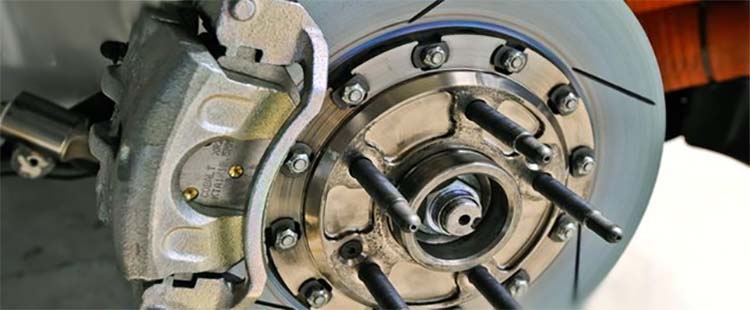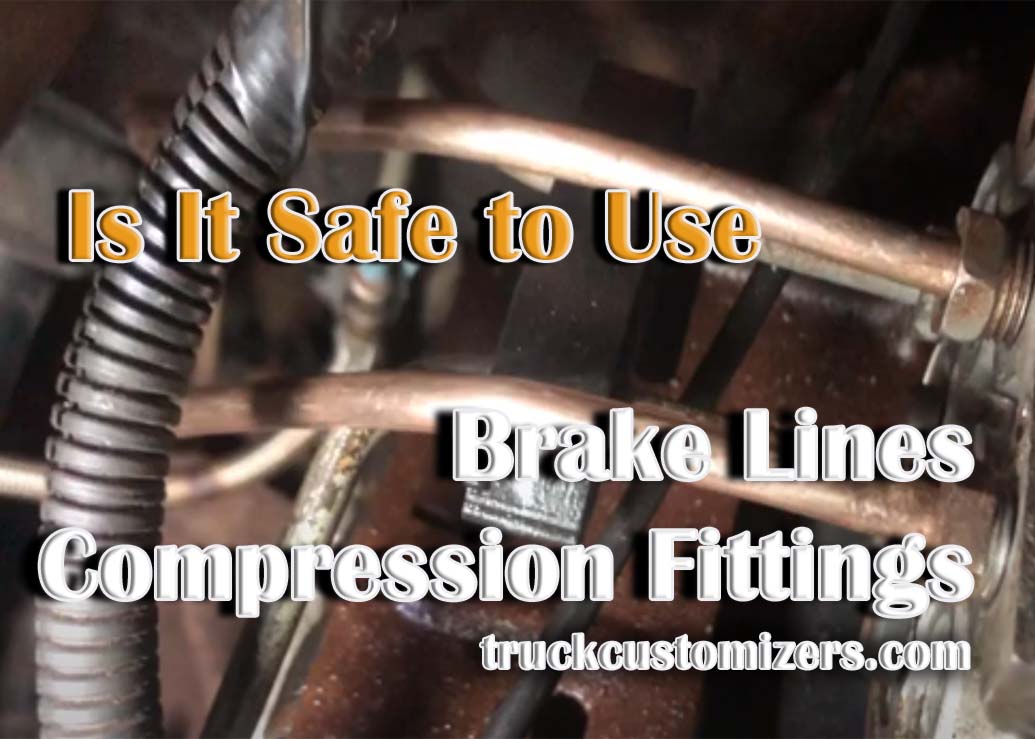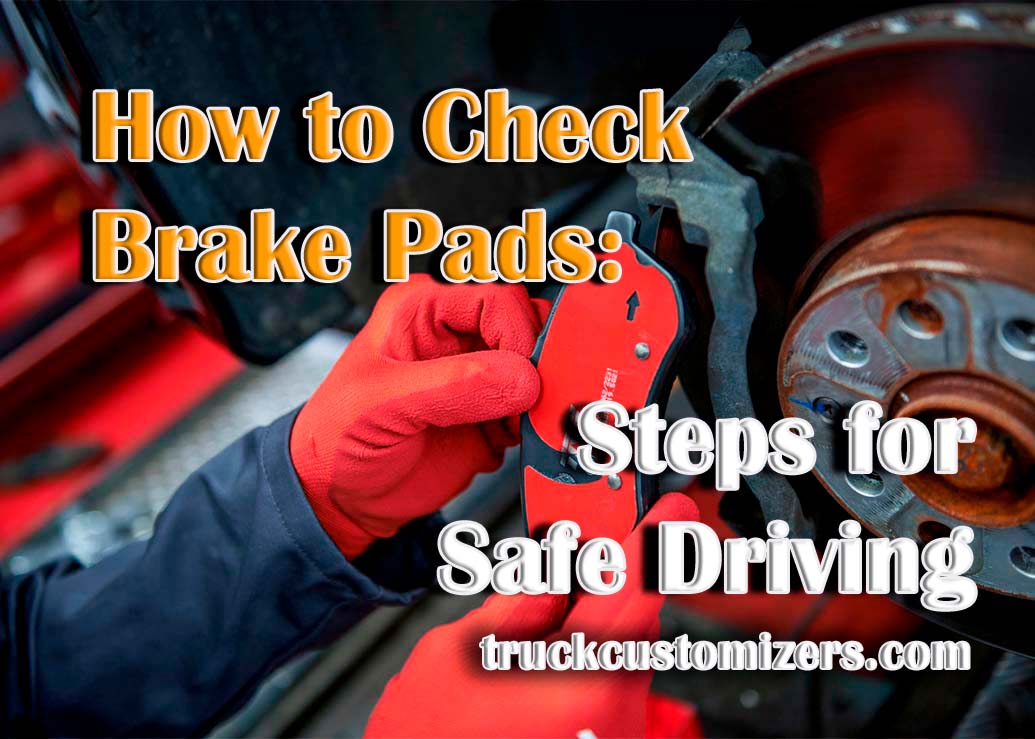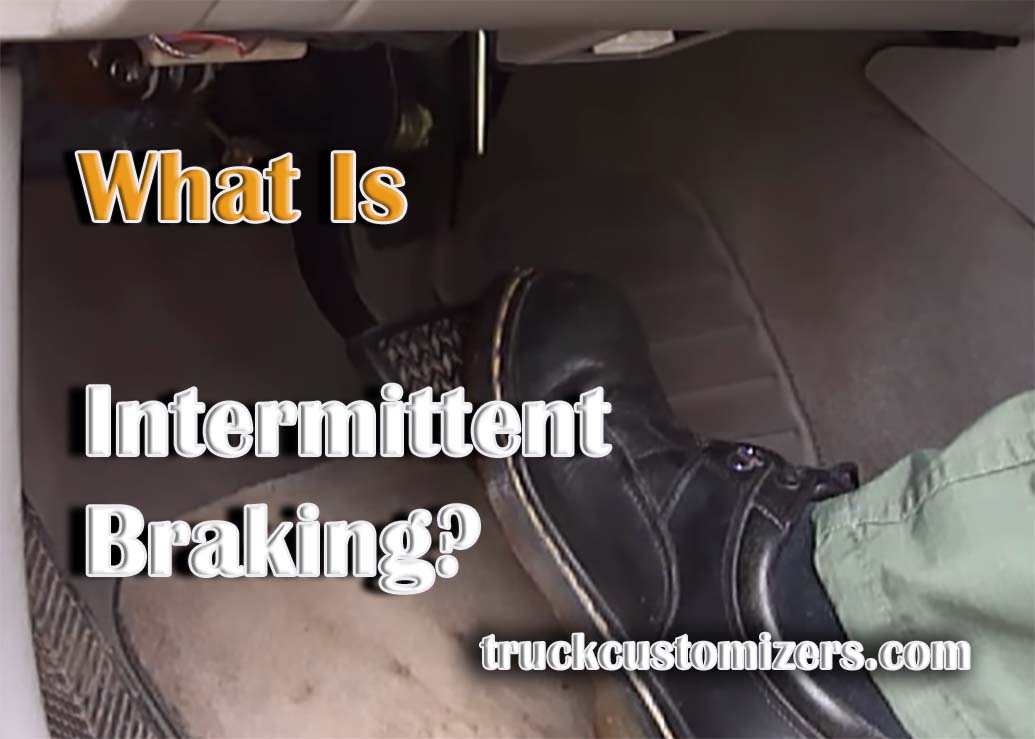Are your rear brakes feeling a little off If you suspect that your rear brakes may be faulty, you’ll need to have them checked and repaired before driving any further. Driving with bad rear brakes can be dangerous and can lead to serious accidents or injuries if not handled correctly. There are a lot of common mistakes people make when attempting to diagnose and repair faulty rear brakes, so in this guide we’ll cover what to look for when diagnosing bad rear brakes, how to repair them properly, and ways to stay safe while driving with bad rear brakes.
What To Look for When Diagnosing Bad Rear Brakes
When attempting to diagnose bad rear brakes, there are several things you should look for
-
Worn Pads or Shoes – The pads or shoes on the brake system wear down over time due to general wear and tear as well as heat dissipation from friction when braking. When these become too worn out they will no longer be able to provide enough friction and control during braking which could lead to an increased stopping distance or even complete failure of the brake system depending on how worn out they are.
-
Damaged or Contaminated Rotors – Rotors on the rear brakes can become damaged or contaminated due to debris, corrosion, or other debris which may have gotten into them. If these are not replaced in time then this could lead to a decrease in friction and control during braking as well as increased stopping distances due to diminished performance.
-
Low Hydraulic Fluid Levels – Hydraulic fluid is what helps provide pressure to the brake system and allows it to work correctly. If the levels of hydraulic fluid are too low then this could lead to a decrease in pressure which may cause the brakes to become unresponsive or slow down considerably when attempting braking.
-
Faulty Calipers, Wheel Cylinders, Or Brake Lines – Calipers, wheel cylinders, and brake lines can all become faulty over time due to general wear and tear as well as age-related deterioration. If these parts become faulty then they will no longer be able to provide adequate pressure for effective braking leading to increased stopping distances or even complete failure of the brake system depending on how worn out they are.

Repairs For Bad Rear Brakes
Once you’ve diagnosed bad rear brakes there are several repair options available
-
Replacing the Pads Or Shoes – If the pads or shoes on the rear brakes have become too worn out then they will need to be replaced in order to restore proper brake performance. This is usually a relatively simple repair and can be done by any qualified mechanic.
-
Refinishing the Rotor – If the rotor on the rear brakes has become damaged or contaminated then it will need to be repaired in order to restore proper braking performance. This may involve refinishing, polishing, or replacing the rotor depending on how severe the damage is.
-
Adjusting the Calipers Or Wheel Cylinders – If the calipers or wheel cylinders are not working correctly due to age-related deterioration then they may need to be adjusted in order for them to provide adequate pressure for effective braking. This is typically a more complex job and should only be done by a qualified mechanic as improper adjustments could lead to further damage and decreased brake performance.
Staying Safe While Driving With Bad Rear Brakes
When driving with bad rear brakes, there are several things you can do in order to stay safe
-
Make sure that your vehicle’s braking system is inspected and maintained regularly so that any potential issues can be identified and fixed before they become a major problem.
-
Always drive defensively and be aware of the road conditions and other drivers around you at all times.
-
When braking, apply light pressure rather than stomping on the brake pedal as this can cause the brakes to lock up which could lead to an accident or injury.
-
If necessary, reduce your speed in order to give yourself more time to brake properly if needed.
-
Have your brakes checked by a qualified mechanic if you suspect there is something wrong with them or if they are not responding correctly when braking.
Conclusion
Driving with bad rear brakes can be dangerous, so it’s important that you take time to understand what’s wrong with them and have them repaired as soon as possible. This guide has provided an overview of what to look for when diagnosing bad rear brakes, how to repair them properly, and tips on staying safe while driving with bad rear brakes. Following these steps will help ensure your safety while driving and keep your vehicle in proper working condition for many years to come.



